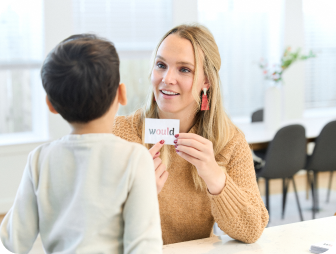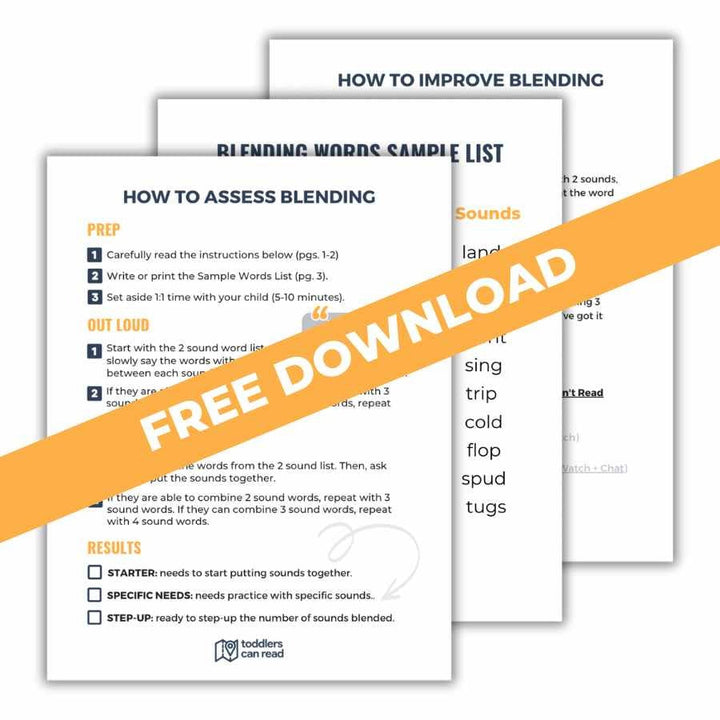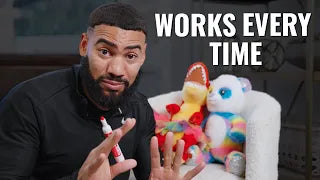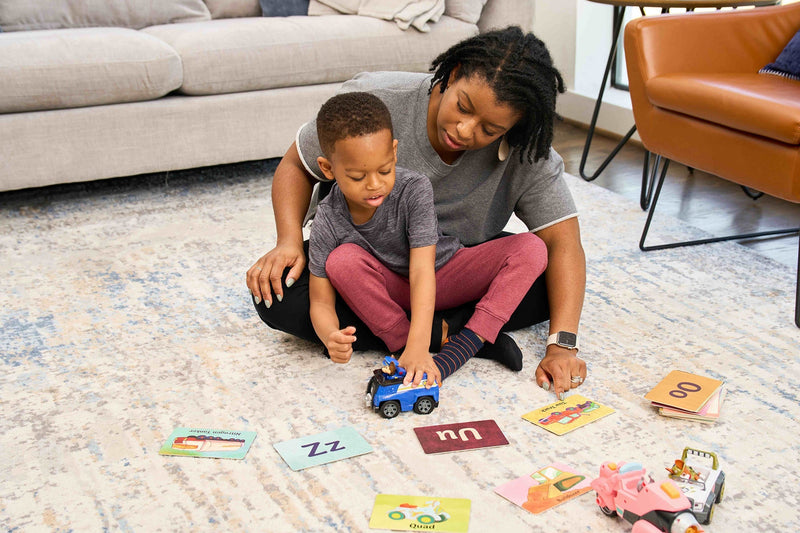Most of us learned to read so long ago that we no longer think about the fact that words are created using these little symbols called letters.
But when your kids are first learning to read, I guarantee they’re very aware of each individual letter. And at some point they may get tripped up with reading because they’re focused on the names of the letters and not the sounds they make.
So how can we make this a bit simpler for our little ones? Let’s talk about it.
Letter Names vs. Letter Sounds
Letters are written symbols, and each of them has a name.
When we say the alphabet, we say the letters’ names. In addition to having a name, each letter makes one or more sounds. For example, the letter C can make the sounds /k/, /s/, /sh/, depending on what letters are nearby.
So, is it better to recognize the letter name before learning the sound? If so, how do you teach sounds without the names? Could you just teach both at the same time?
Ultimately, you get to decide. While teaching early reading should be based on a strong, phonics-led foundation, how you teach reading totally depends on your goals for your child.
For most folks, the goal is to get their child reading quickly and with confidence. For that purpose, I teach the letter sounds first. That’s because letter sounds are the ultimate foundation to learning reading, not letter names.
Of course, sometimes learning the letter names and sounds happens at the same time. Your child might already be exposed to both letter names and sounds in other spaces, like a formal classroom environment. To be clear, learning both the letter names and sounds is ultimately a good thing. Eventually, kids need to know both.
But only one is going to help your child get on the right reading track.
The Importance of Teaching Letter Sounds First
Quick reminder: Letter sounds are foundational to reading proficiency. Neuroscientific research found that reading requires our brains to engage a visual system that connects the shapes of letters to their spoken sounds.
Seeing the alphabetical symbol and matching it to the sound it makes is the core of learning how to read. And with phonics, we can engage this brain-backed strategy to promote further reading development.
How to Teach Letter Sounds
#1 Shift the focus.If your child is more tuned into letter names than sounds, shifting the focus is easy. Just say, “That’s right! That’s the letter [blank]. What sound does it make?” Redirecting routes you back to your reading goals and keeps everyone working toward that all-important reading strategy.
#2 Find the overlap.Some kids are whiz-level at identifying letter names. To shift the focus toward letter sounds, start by teaching the sounds of letters that already have sounds within the letter name. For example, when you say the letter name B, you’re also saying the /b/ sound. Thankfully, more than half of the letter names already have the sound in them. (Swipe through here to see the list.)
#3 Keep oral language skills in mind.It can be easier to start with the letter sounds that are easier for your little one to pronounce. The sound /m/ is easy; sometimes it’s the first sound your child makes! The sound /n/ is much harder. Based on their unique speech development, focus on the letter sounds your child is readily able to make.
#4 Use exposure.The first few letters of the alphabet are the most recognizable. Plastered on most young children’s toys, your kid gets exposure to the ABCs all the time. And while I don’t believe in teaching the letter sounds in alphabetical order, starting with those beginning letters can build on their existing exposure. If your child is more familiar with A, B, and C, they may find matching those letter names to their sounds easier to grasp. You can also start with other high-exposure letter sounds, like the first sound in your little one’s name.
#5 Have fun!We never have to choose between play and learning. With the right foundations, play-based learning is a highly effective strategy to promote more effective learning.
One way to make learning how to read fun is to incorporate what your little one cares about into what you’re trying to teach. Does your kid have a favorite action figure or character? Make the toy say the letter sounds! Are they super active? Put letter flashcards around the room and have them “deliver” their toy to the sound card you’re practicing.
And when your old strategies inevitably burn out, switch up the environment! Try a lesson or two outside using sidewalk chalk, for example. It doesn’t have to be complicated. Whatever you can think of to keep things light, fun, and engaging is going to do wonders for their continued learning.
Learn what and how in 30 minutes.
Learning what to teach is obviously an important step. But how you teach that information also matters. You can learn both in my free Beginning Reading Workshop.
Here, you’ll learn the surprisingly simple approach to teaching reading to kids as early as 18-months, no teaching experience required. Register now.









